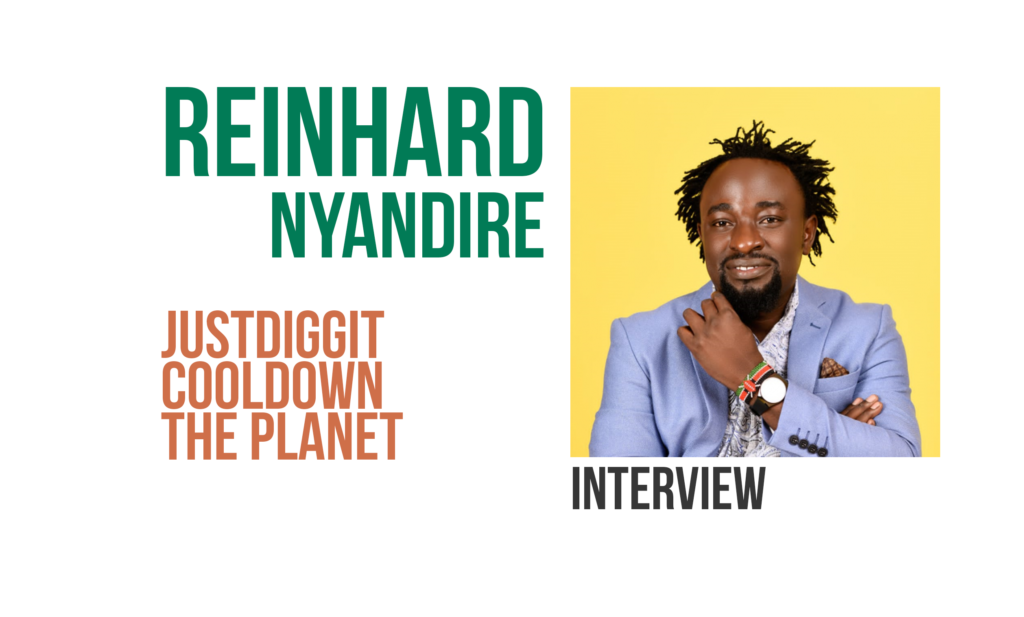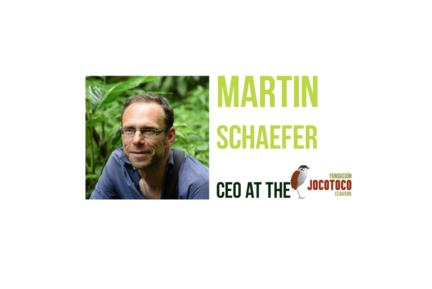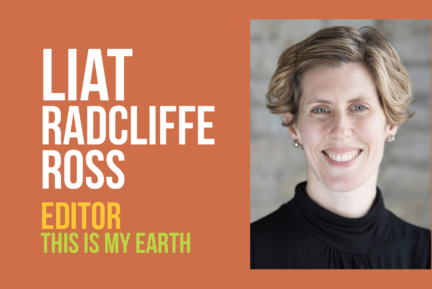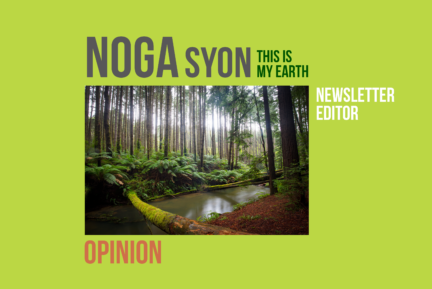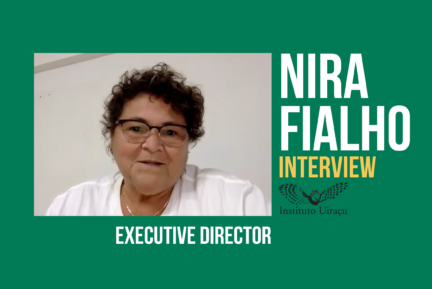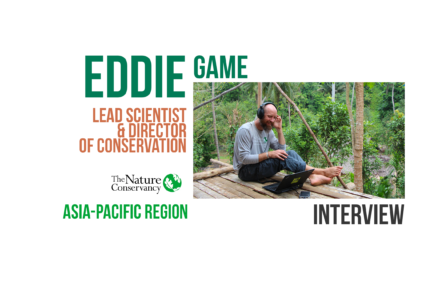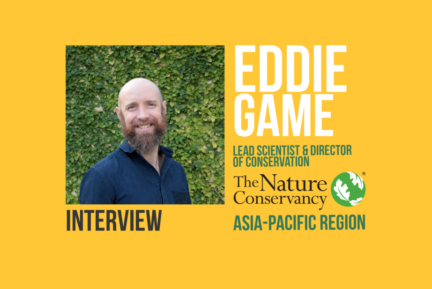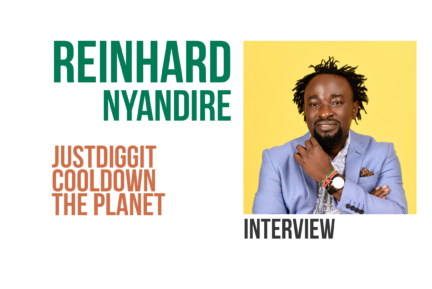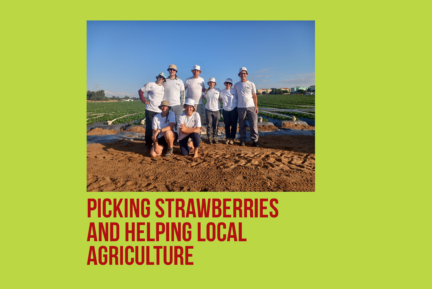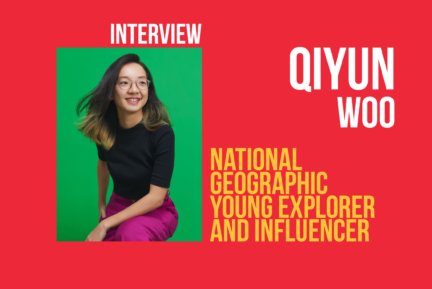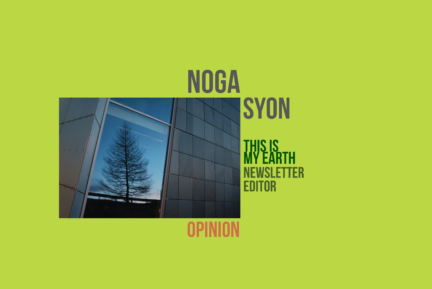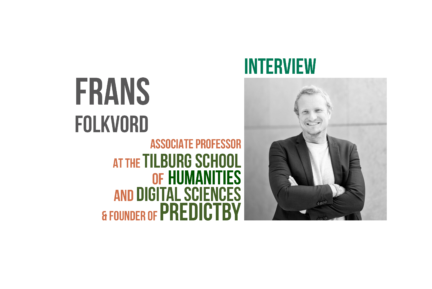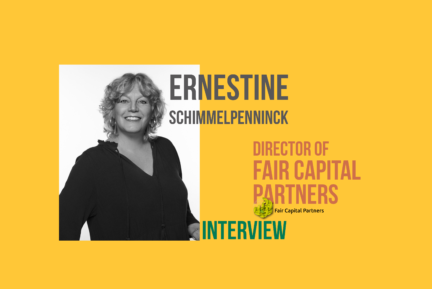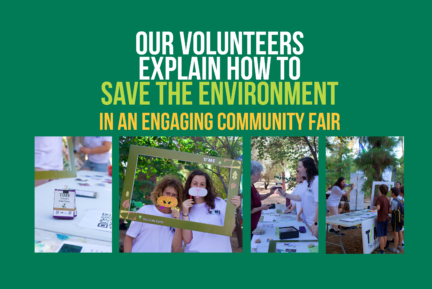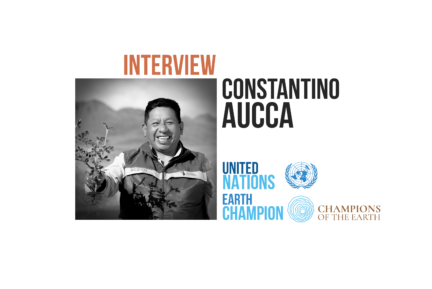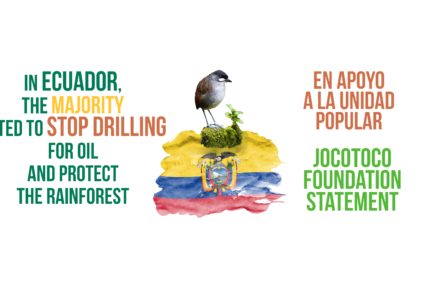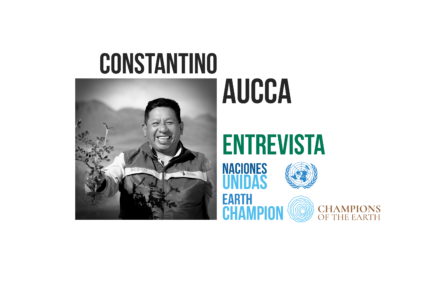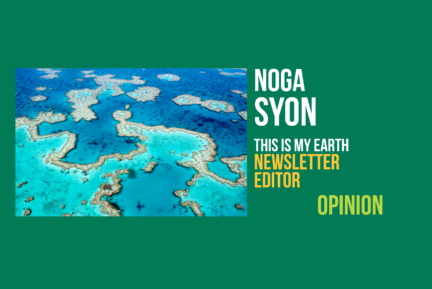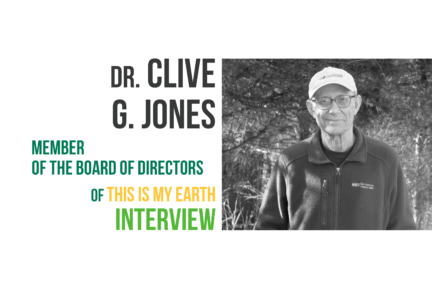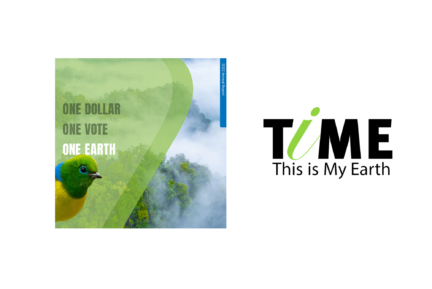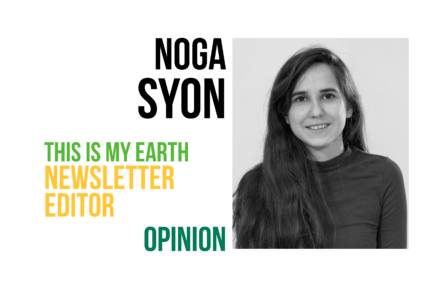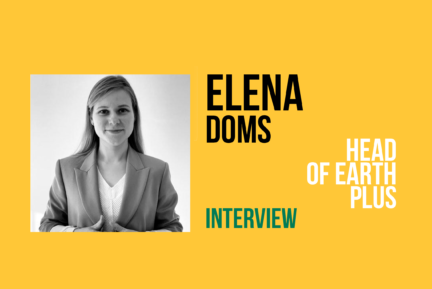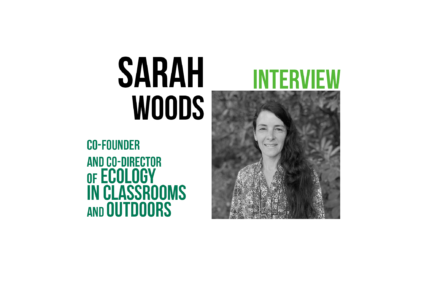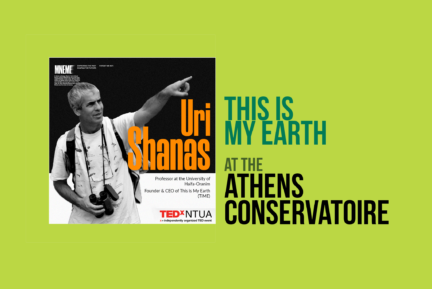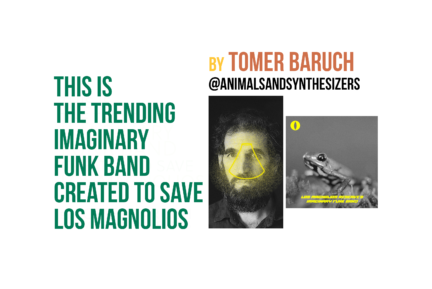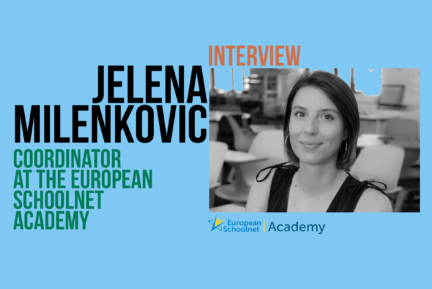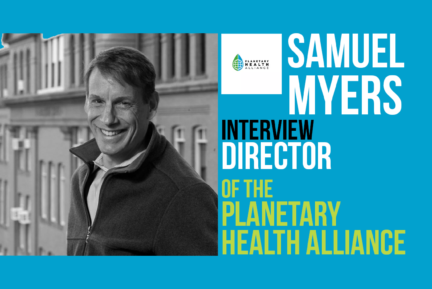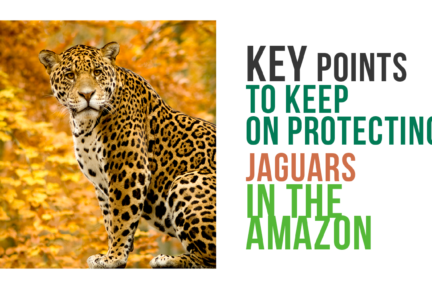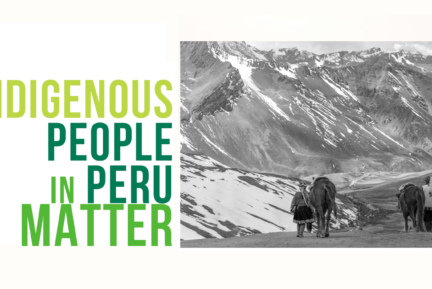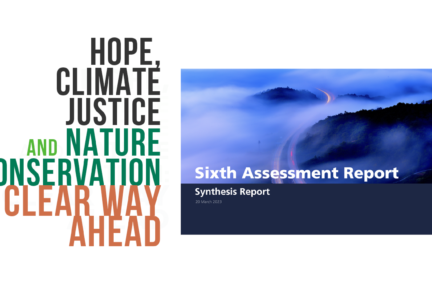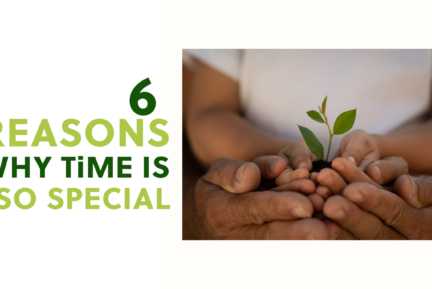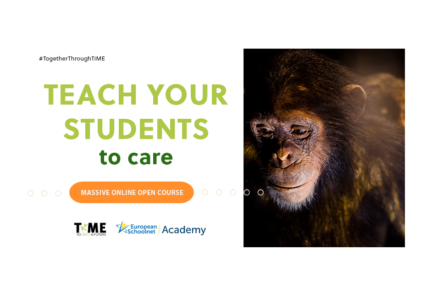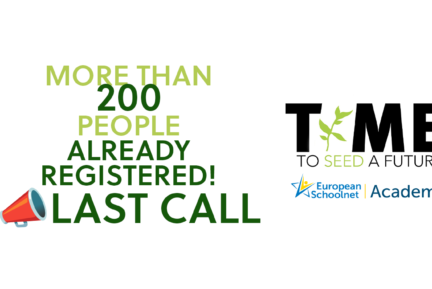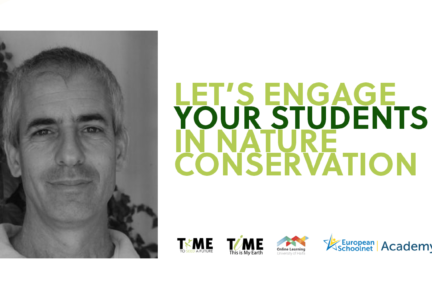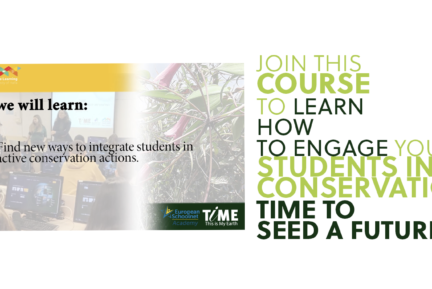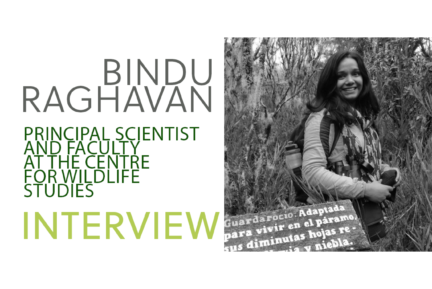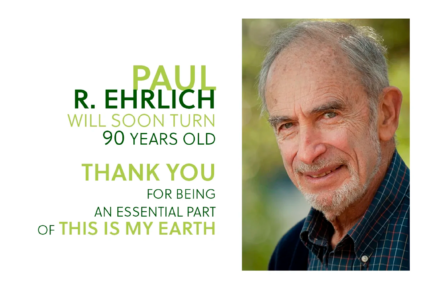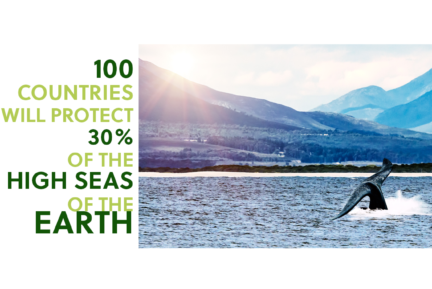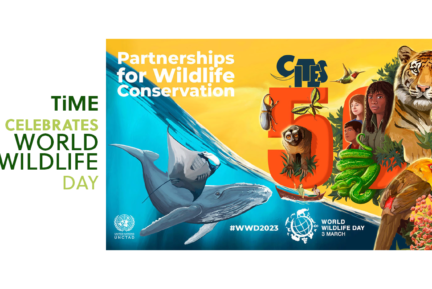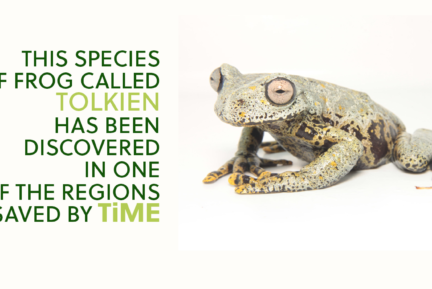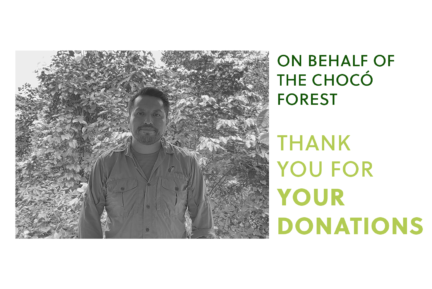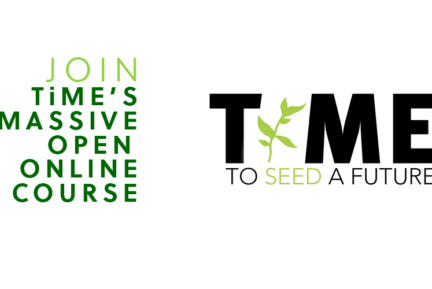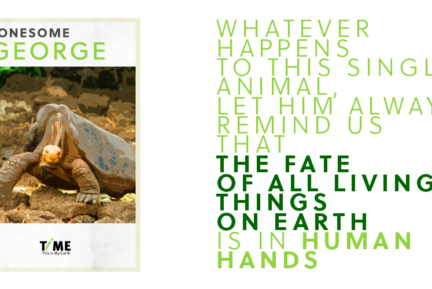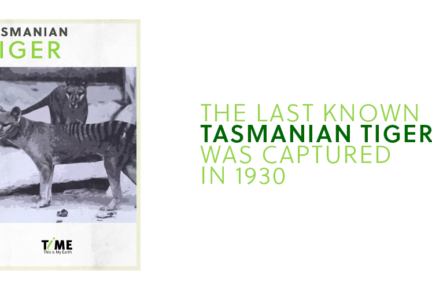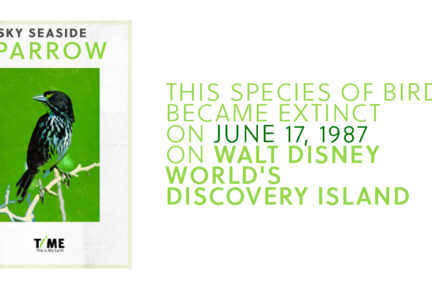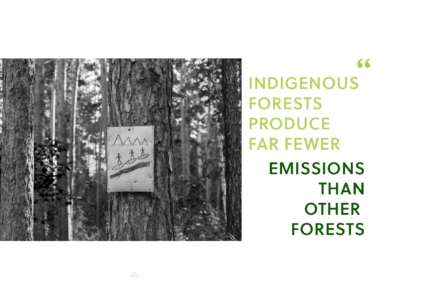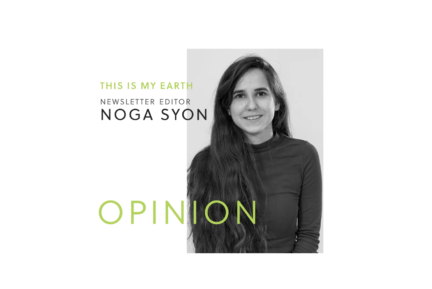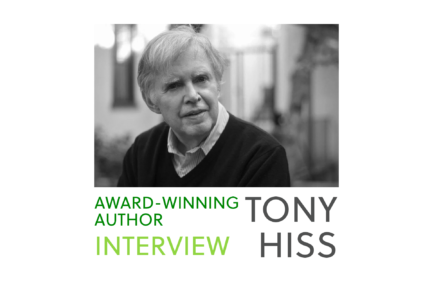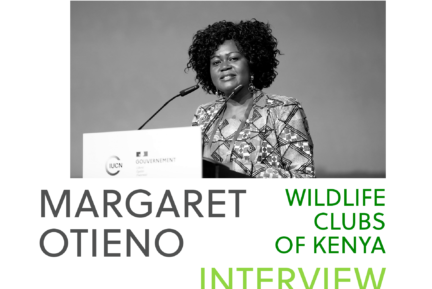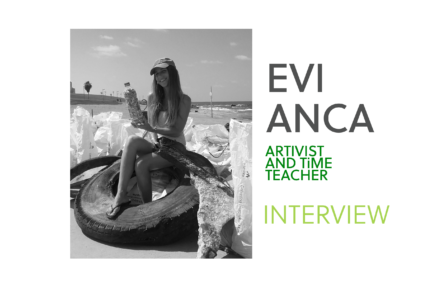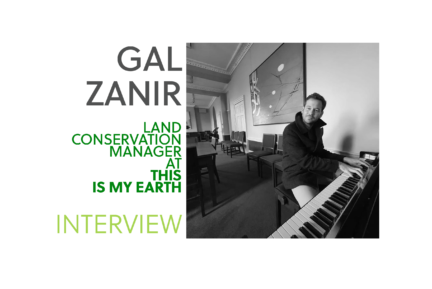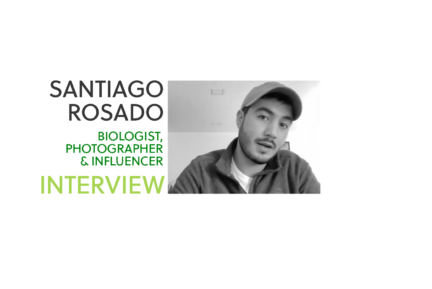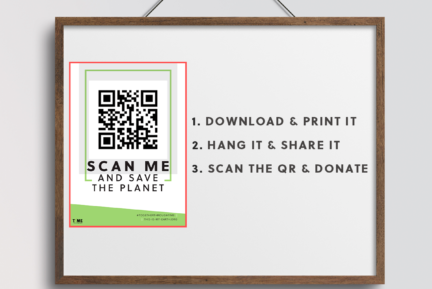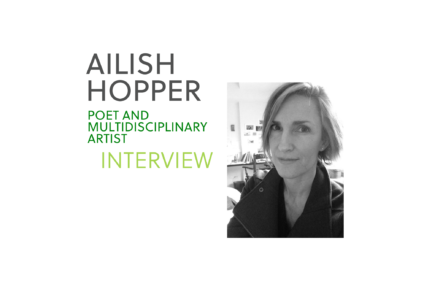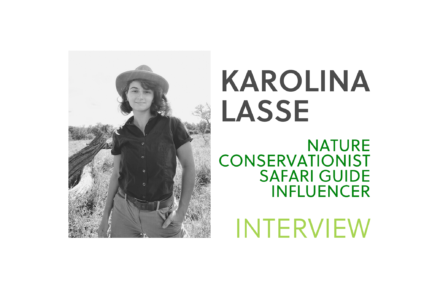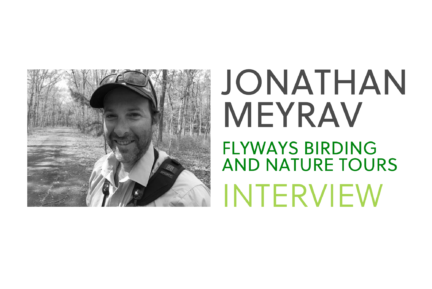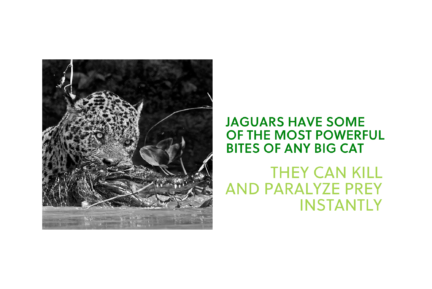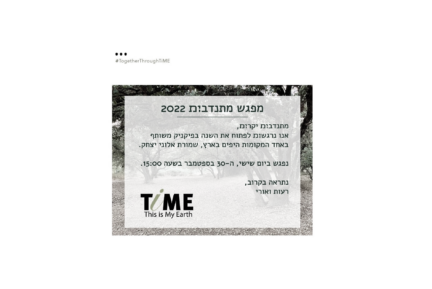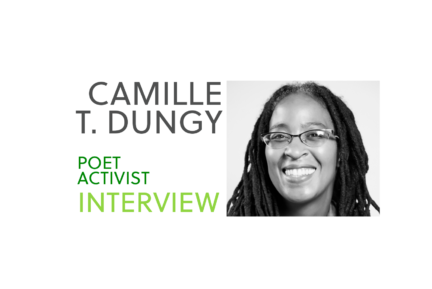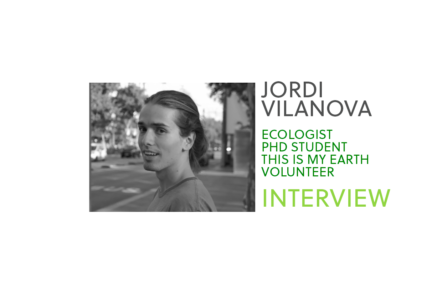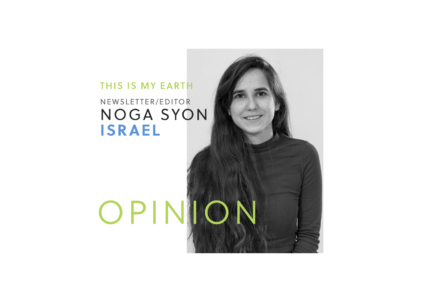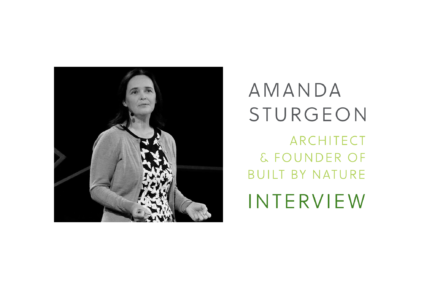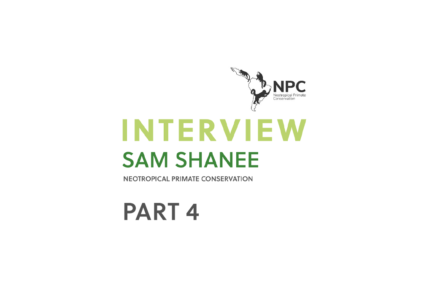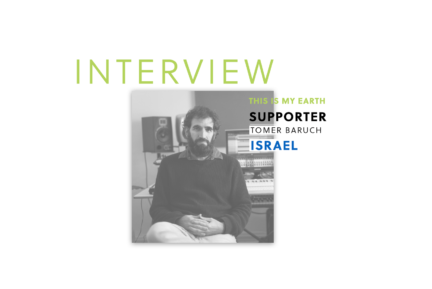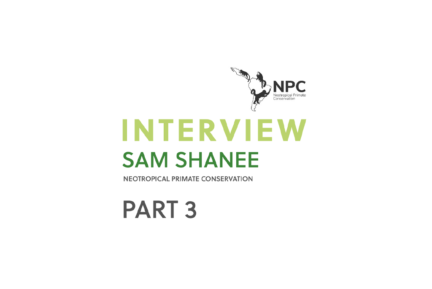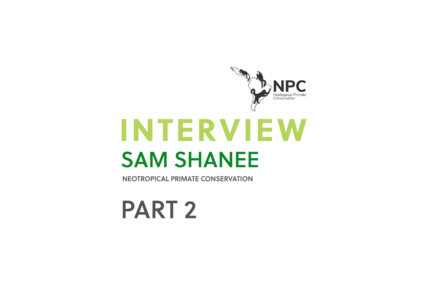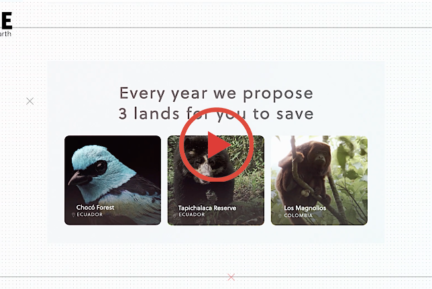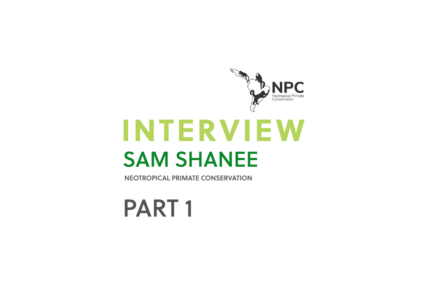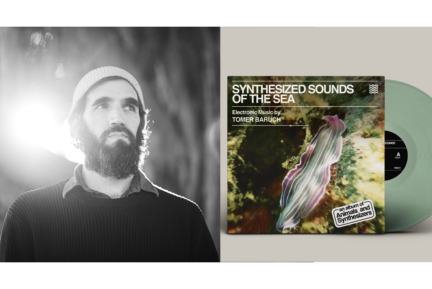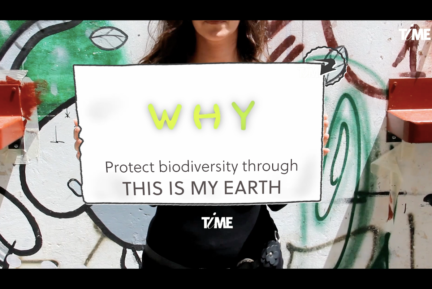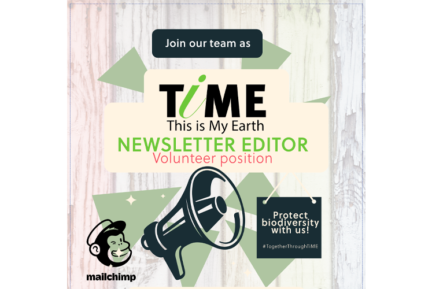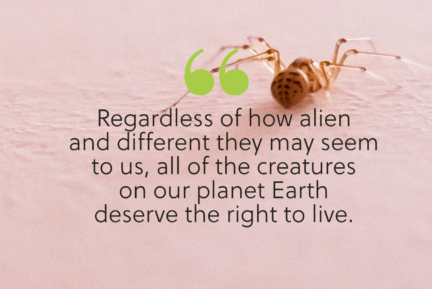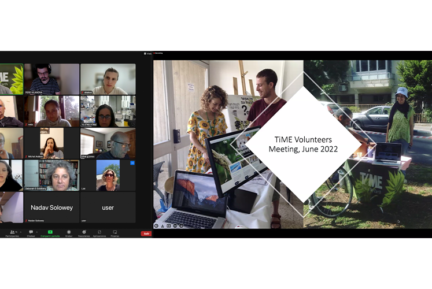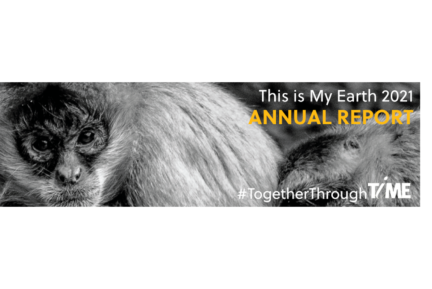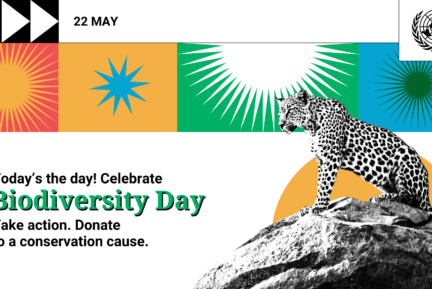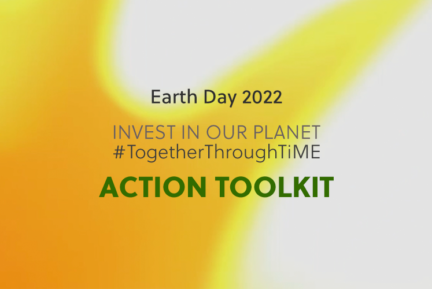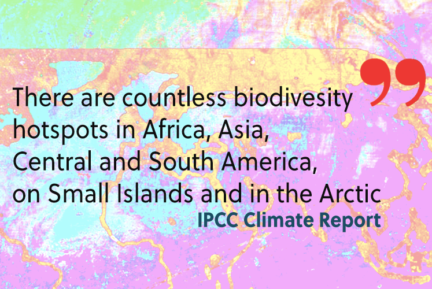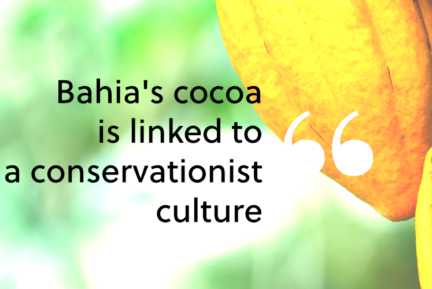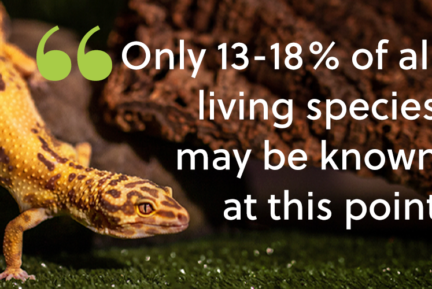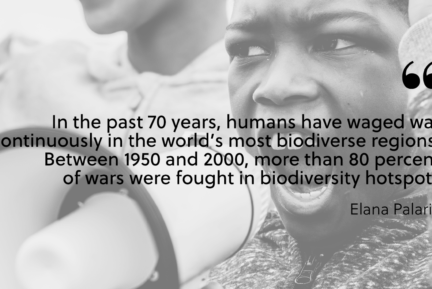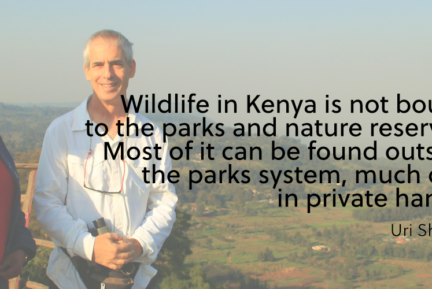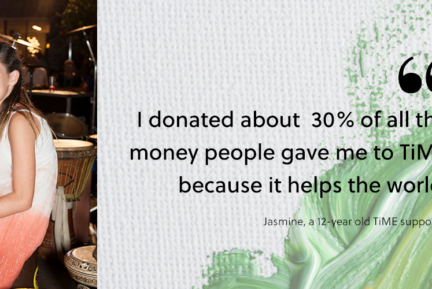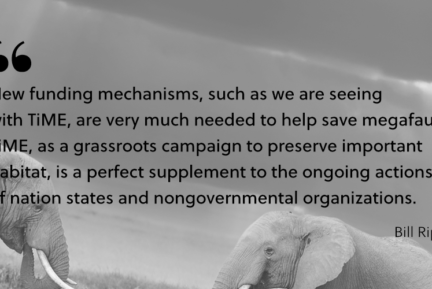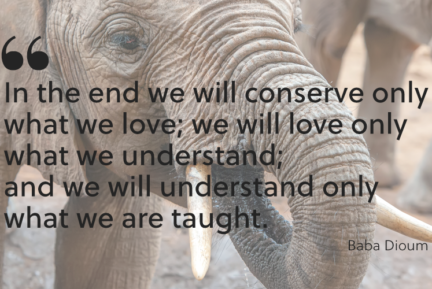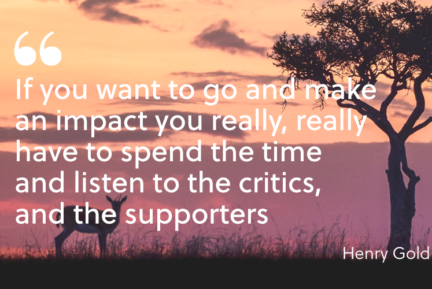We had the privilege to interview Reinhard Nyandire, Awareness Director-Africa for Justdiggit, and very engaged Ecosystem Restoration and Nature economy expert from Kenya about the healing and the love needed to save the planet. With him, we’ve discussed the economy, social progress, and how conservation can become a trending investment.
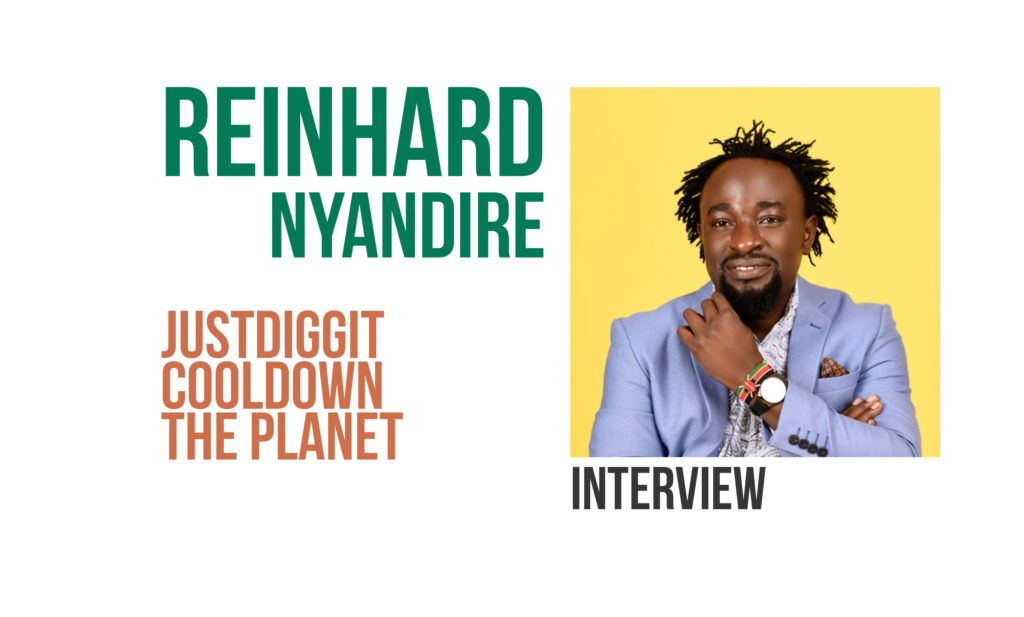
How would you introduce yourself?
My name is Reinhard Nyandire; I’m the Awareness Director-Africa for Justdiggit | Cooldown the Planet. I have a strong passion for answering the question “How do we conduct better conservation strategies to address the climate-induced poverty at the local level?”
Having grown up in poverty myself, I’m passionate about this subject, especially taking into account the Indigenous perspective.
Can you develop this idea?
I believe in integrated conservation approaches that addresses both the needs of ecosystem health and supporting local livelihoods. The traditional conservation approaches achieved this for ages, but the biased quest for more extractive economic activities shifted this balance.
Presently, we are talking a lot about the youth because they are the future, and there’s so much knowledge for them to learn. However documenting the indigenous and old generation knowledge will be key in shaping future conservation approaches.
In my current position as the Awareness Director for Justdiggit, I dedicate myself to documenting the Indigenous conservation wisdom from older generations in ecosystem restoration.
We tend to forget old teachings and learnings. And, especially in the Indigenous field, lots of wise people would go to the grave without having shared them.
I believe in the “traditional connection” with nature and the universe that all humanity shares, irrespective of race, color, or country. I believe in sending a message of hope around the climate-change-possible solutions. I believe in healing and love for the planet.
All you need is healing and love for one another, for nature, and for the planet.
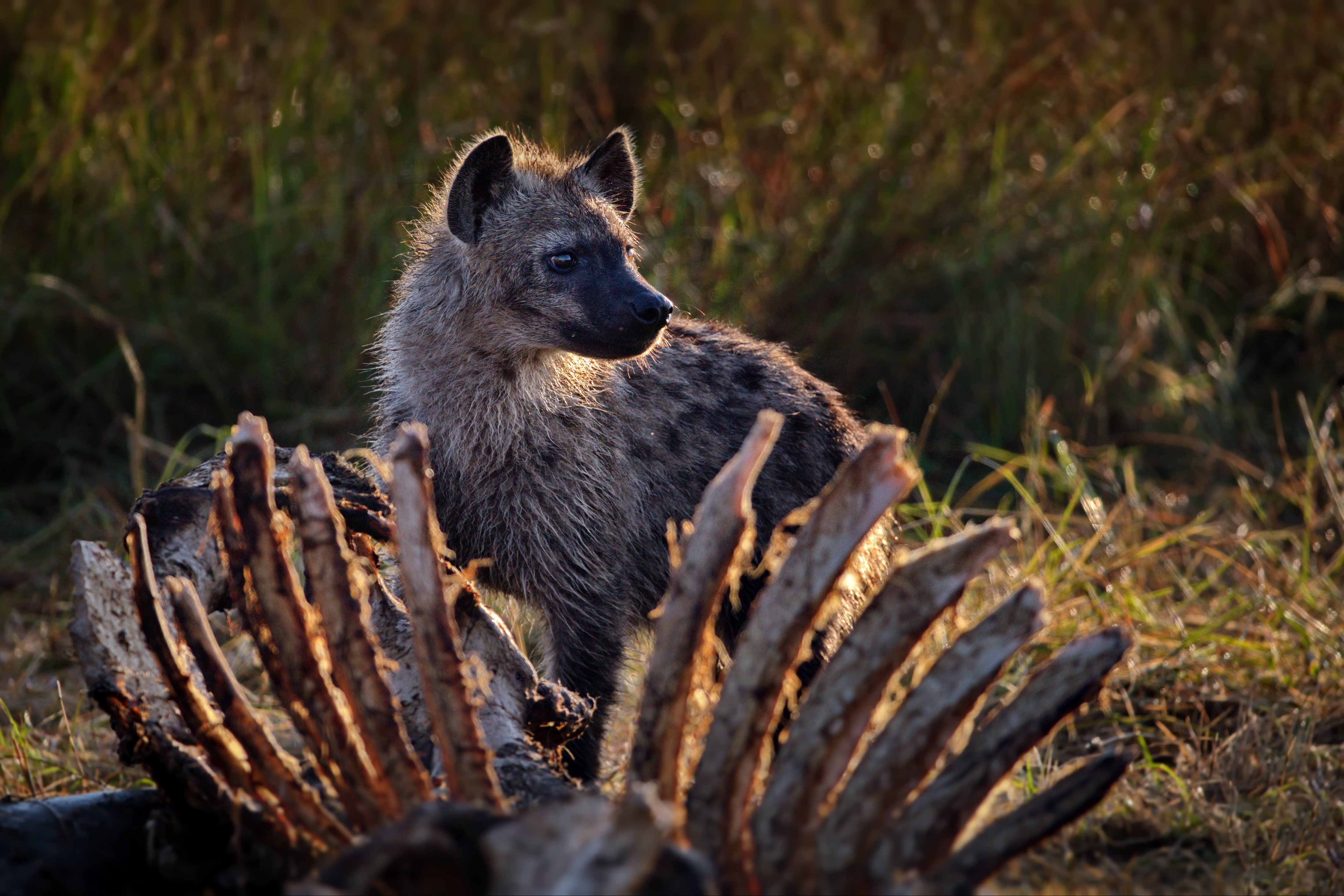
Do you remember a moment of revelation regarding nature stewardship when you were a kid or a teenager?
It was 2001. We grew up in a village in Kenya and faced a big drought. There was no food and no water — it was a very serious situation. And I remember my brother sitting outside, thinking about the future, very focused, looking at the horizon and saying, “I’ve never seen a February like that since I was born, I’ve never seen the grass that brown.”
So that’s a statement shocked me. [In] those days, we were very poor, but we did not know what that meant. We thought that’s how life was supposed to be. We were happy. My dad used to tell us to work hard and study and “follow the luxury” and the comforts of life. He had nothing to give us. We had no land; we were a big family. The only way to get out of our situation was to pursue a good education. And I decided to follow the path to become a conservationist.
I got admitted into high school without school fees. That gave my dad time to get more money. The next year I got admitted into one of the good high schools in Kenya.
I was good in chemistry, maths, and geography, and pursuing pharmacy or analytical chemistry sounded like a logical choice. But in the end, I chose an environmental course. Since then, I’ve been overseeing environmental studies that influence operational degrees in environmental planning and management.
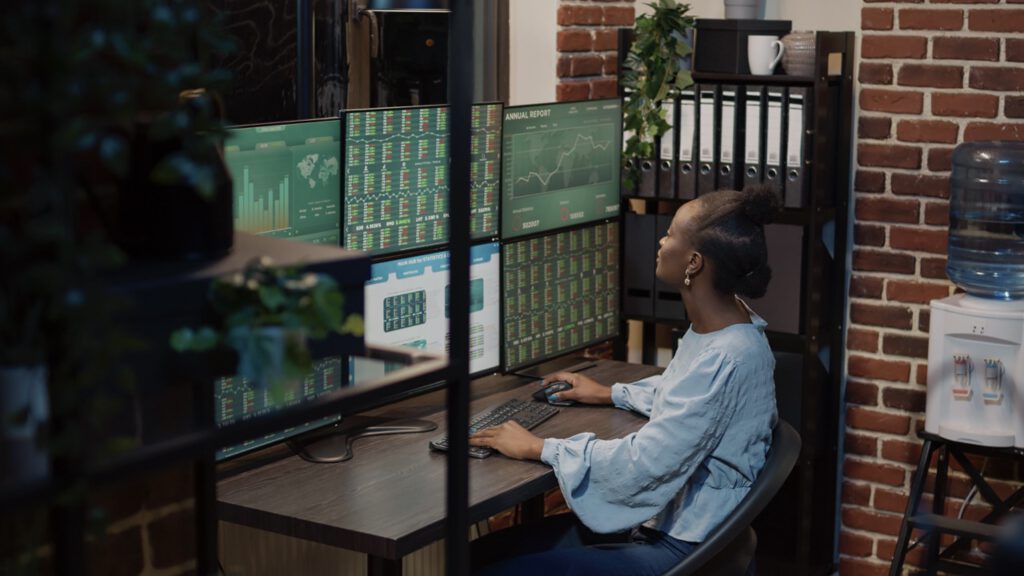
What did your friends and family think about your choice for environmental studies?
When I chose environmental studies, people asked me, “Are you going to study how to plant trees?” That’s the understanding that was there at that time.
People thought I made a mistake because I was given the opportunity to pursue a bunch of successful careers paths in pharmacy and chemistry. I felt like I had to prove people wrong, that the environmental field is much more than just planting trees.
For example, I went to a local community where the government proposed to construct a road in what was supposed to be a protected area. A guy there asked me, “Where do you live?” “Next to the lakeside,” I said. “Do you have a road in your area?” “Yes,” I replied. “Do you have hospitals in your area?” “Yes.” “Schools?” “Yes.” “Don’t you want us to have the same, or do you want us to remain the same way we are?”
That is how complex conservation is in terms of economic growth and social progress.
That’s one of the many paradoxes of land acquisition…
Exactly. If you come to my country with some money for conservation and there’s some poor guy who owns land and wants his kids to go to school, he would probably sell it to you. But what if there’s a bigger fish — let’s say an industry, a big corporation, — with much more money? Who will this person listen to?
Can conservation be an attractive choice for the economic powers?
I think the point is how to look at the economic aspect of conservation. Because the world is shifting I believe in pushing to make conservation have an attractive market value. We can’t do otherwise — the market powers are here to stay. We won’t be able to change that, but we can increase the value of conservation.
This approach has many pros and cons, especially if you look at the current carbon market.
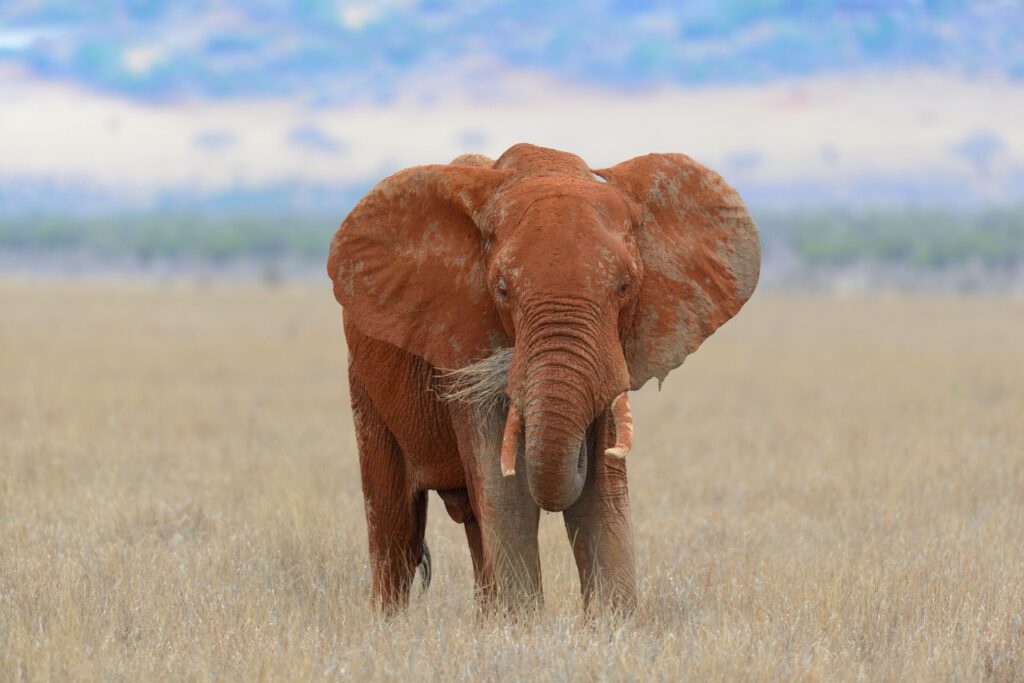
How do we make conservation economically competitive and viable for local communities?
Yes, yes. How do we convince a landowner to say yes to a This is My Earth volunteer and no to a big corporation?
Actually, TiME has some nature conservation projects in Kenya. Some time ago, we interviewed Margaret Otieno, who is a good friend of the organization. She was also reflecting on that question. Is there an easy answer to that?
There is an easy answer. Let’s focus on the youth conservation movements, let’s involve young people in conservation, let’s invest in education, and the market values will change.
We must go to the local communities and promise them money and make them sign documents with clear transparency and accountability. We need to be honest with them. We need to share our healing and love knowledge for the planet.
Even if you look at the nature-conservation market from a business perspective, openness and honesty are always the best choices.
Then we start creating market values for the short term and non-market values for the long term — that is, focusing on more than one generation.
How different is it to lobby for biodiversity in the public sector and in the private sector?
Most of my work takes place within the public sector. The private sector’s involvement in conservation is more complicated. You will often hear things like “if you cannot give me profit, then I’m out.” But I’m passionate about changing this. I think conservation is a great way to get profit.
Yesterday’s private interests have put us into a difficult situation today, but we can play their game and change this dynamic.
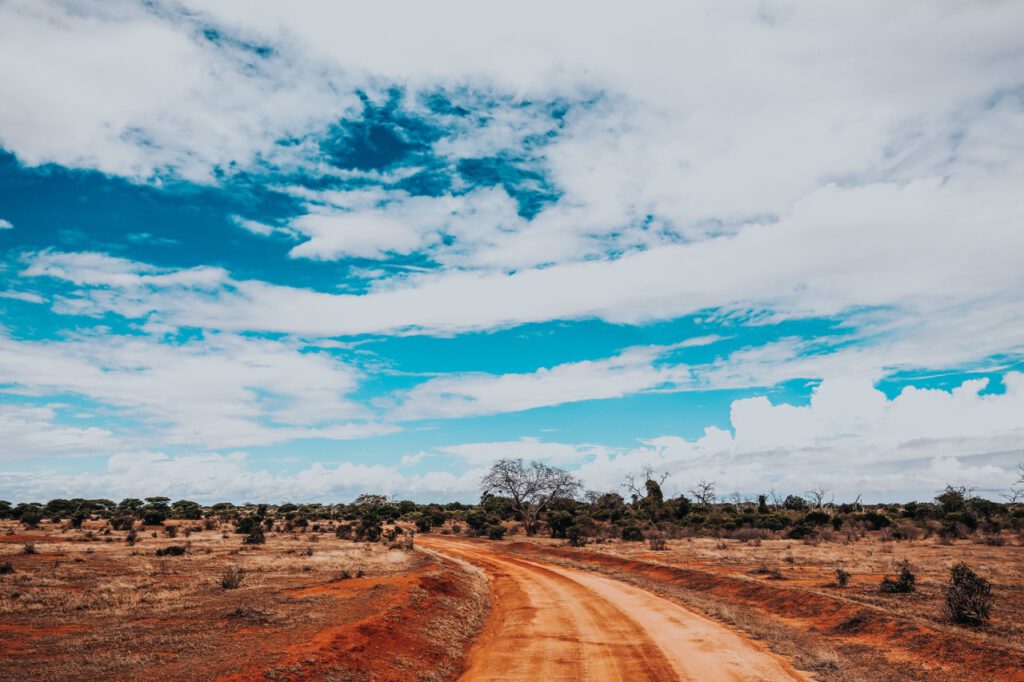
What is the most inspirational Indigenous story you know?
I know lots of inspirational stories. I will tell you one. There was a time in Kenya in which we were doing intensive restoration, we would let the grass grow for some time before the animals were allowed to come and feed.
For a particular project, we went to the local community of the Maasai. We talked to their leaders and told them, “we want to restore this particular piece of land and we will finance the process, but we need someone from your community to guide us.”
We were expecting someone young, but instead, they sent us a very old man, who was 75% blind, with a girl who helped him walk… We were shocked and a bit disappointed, but we couldn’t refuse, so we accepted.
We treated the old man with medicine and he got almost 100% of his eyesight back. He suddenly became stronger and got back to his full strength and taught us everything he knew with passion. Seeing his transformation was inspiring.
Now this land is the best-preserved area I know, full of green grass and biodiversity.
This person has already changed the way he sees conservation and no one will convince him to sell his land to industry or to private interests.
Is this mindset common in Kenya?
The millennials are facing many crises, and the environmental challenge is another one added to the economic and social crises they have endured during their process of growing up. So they are more frustrated.
The new generations, however, are more inclined to follow what they believe in, and they are true to themselves. They have more energy and a more open-minded view of the world, and their knowledge of technology and AI is more robust.
We are experiencing tremendous technological advancement in Africa, and I see that as a great opportunity. Through new digital media, new generations can disseminate the positive aspects of conservation and the fight against climate change. They can bring hope, healing and love for the planet.
What can you tell us about Wolfson College?
I’m so happy to be one of the people who pioneered studies related to ecosystems at the Wolfson College in Cambridge! The idea was to help students from other disciplines work on strategies for conservation. It is a truly international place, with people around the world trying to seek a solution and coming up with different ideas.
What final message would you like to share with the This is My Earth community?
There’s still hope. All you need is healing and love for one another, for nature, and for the planet. And all of that, it’s doable. Let’s change the mindset, we can do it.
